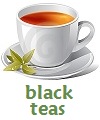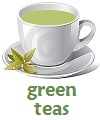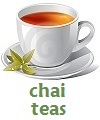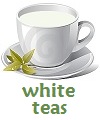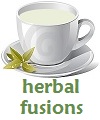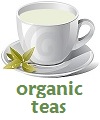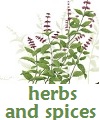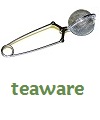Oolong Teas
- Views:
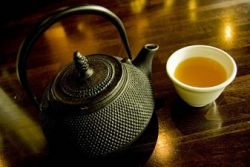
If Ancient Chinese Health Man came to visit and brought his best tea leaves for shedding some poundage and feeling great, would you take it? Growers of this “in-between tea” explain that oolong moves through an extra process where oxidation occurs to the semi-fermentation stage.
What does that do to the taste? There is a “turning point” where the green tea characteristics are altered by oxidation, changing the enzymes in the tea leaves to a different taste. Imagine the change that occurs when oolong goes from fresh, green leaves to semi-fermented and the process is halted. Depending on the type, short or long fermenting gives each oolong its characteristic color.
We love the fact that the same change that occurs in the individual oolong leaves is what happens to our own metabolism. Oolong tea creates a reduction in our own bodies, cleaning out and ridding us of toxic debris. A daily pot or pitcher of oolong is sure to alter your body fat content, and give you the feel of cleanliness and a healthy digestive tract. Don’t forget to share a cup with Health Man!
Oolong is sometimes called Wulong. The word is spelled various ways, but translates from the Chinese as “Black Dragon.” Both names refer to the same tea.










